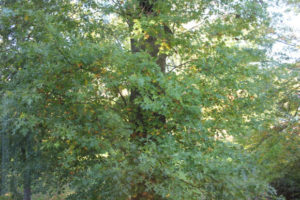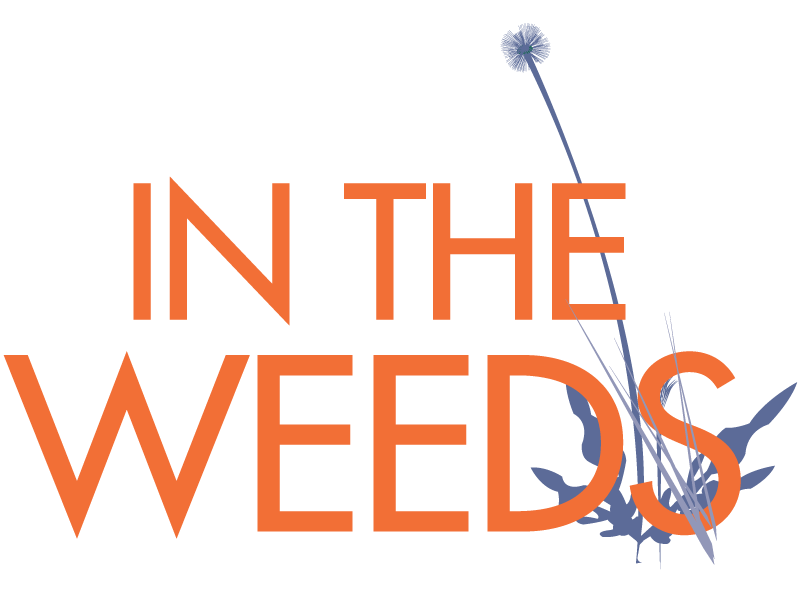
Quercus palustris or Pin Oak
Have you ever been in a country where you’re learning the language and you find yourself constantly interrogating signs, commercials, etc., picking out the words you know and trying to decipher the others? That’s how I’ve felt ever since I started to learn to recognize the flora of the place where I now live, in the Northeast of the United States.
As I drive down the roads, I fixate on clusters of trees smothered in kudzu or strangled by oriental bittersweet or I note the relatively healthy trees rooted on a rock edge. I try to touch them with my names. In the summertime, when I drove my kids to camp, there was a patch of weeds at a bend in the road I looked at each time I waited for the light to turn. I would pick out the chicory, the grasses, later, the goldenrod, and hope that enough staring would reveal the names and secrets of the ones I didn’t know.
And once this habit began, it started to dawn on me how strange it is that most people – at least where I live – are largely ignorant of the plants that dominate their landscape. To use the language metaphor, most of us are functionally illiterate. It’s worth taking a moment to think about how strange this is and how inconceivable such ignorance would have been in pre-modern times, certainly to the Native Americans who lived here. But we humans are no longer dependent on the plants around us for food and medicine, and we are largely unaware of the other ways in which they continue to benefit us, by purifying water, for instance, or mitigating changes in temperature.
Of course, the fact that we don’t know their names is only the first layer of our ignorance. Take, for example, a tree in whose company I spend time every day, a pin oak we meet from our family table at about a third of the way up its trunk. I know its scientific name, Quercus palustris, “swampy or marshy” oak, which explains why it is well suited to a garden that often fills with rain. I know that its large trunk that delivers water, nutrients and other minerals to its branches and leaves is composed largely of dead cells – a paradox of life and death that continues to mystify me. I know that its hidden half, its roots, interrogate the fungi and bacteria that help it to survive. I know that its leaves, positioned perfectly to capture the sun from which it makes food, serve as a buffet for many types of caterpillar, from the Red-Banded Hairstreak to Juvenal’s Duskywing, and that, like other oaks, it provides a vital role in the food chain of the native fauna. I know that it does things that remain mysterious to the most sophisticated biologists.
As my mind tries to meet the other living beings in the world around me, I realize it’s not about language so much as it is about encounter, and, like all real encounters, it can give us a sense of connection as well as an awareness of how little we know.

1 comment on “Learning the Language of Flora”
Comments are closed.